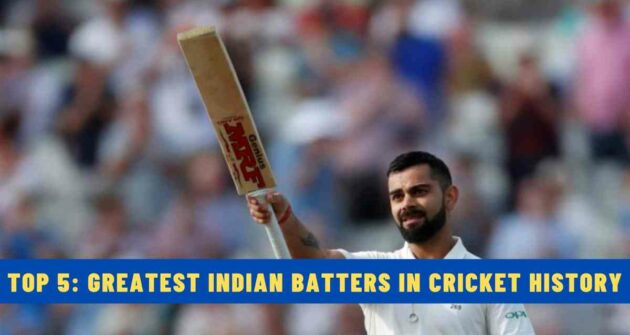A follow-on rule is applied in Test cricket, and it allows the team batting second to bat again after completing its first innings. A follow-on is enforced if the team batting first has a lead of a minimum of 200 runs.
If the team that batted second scored less compared to the team that batted first, then the captain of the team that batted first can decide if follow-on should be enforced on the team batting second or continue batting till their innings is complete.
When a follow-on is enforced, there are chances of the match producing a result rather than a draw, as the second innings of the team that bats second can be finished earlier. During follow-ons, a team gets to bat twice as it happens in the five-day format, including domestic cricket.
MCC’s Law 14 states that a side that enforces follow-on should have scored a minimum number of runs for follow-on. When it comes to a five-day game, a lead of 200 runs is required to enforce a follow-on, while in a three- or four-day game, a lead of 150 runs is required, and in a two-day game, a lead of 100 runs is required to enforce a follow on.
What are the advantages of a follow-on in Test cricket?
Follow-on is enforced by the team that has batted first to win the game, allowing the team that has batted second to bat again if it has scored less.
The bowlers of the team that allow the team to bat again have to claim 10 wickets again, which can sometimes put pressure on the bowlers of the team that enforced a follow-on.
However, enforcing follow-on on the team that has batted second sometimes gives a psychological edge to the bowlers of the team that batted first, as their morale will be high after restricting the team batting second to a low score.
What are the disadvantages of a follow-on in Test cricket?
Sometimes enforcing a follow-on on the team that batted first might prove to be costly, as the bowlers of the team that batted first might be tired and might not perform that well again. This may allow the batters of the team on whom the follow-on is enforced to score heavily.
In the last few days, the wicket might have worn off, and enforcing a follow-on means the team that has batted first will have to bat last, which can be risky. Batting last is risky after enforcing a follow-on as the cracks on the wickets will be deepened, thus helping the opposition bowlers.
During the 2001 Kolkata Test at the Eden Gardens in the Border Gavaskar Trophy, Australia asked India to follow on after taking a big lead of 274 runs in the first innings.
The Indian batters made a solid comeback, with Rahul Dravid and VVS Laxman scoring 180 and 281 respectively, as India scored 657/7. India won the match by 172 runs.
Sometimes enforcing follow-on has proved costly, which has made captains rethink about this decision.
Read Next | Powerplay Overs in ODI Cricket – Explained











